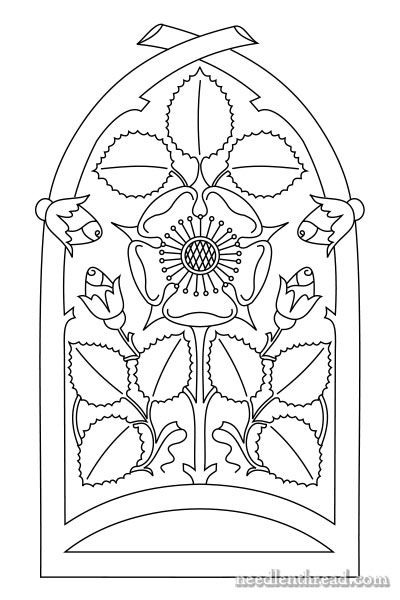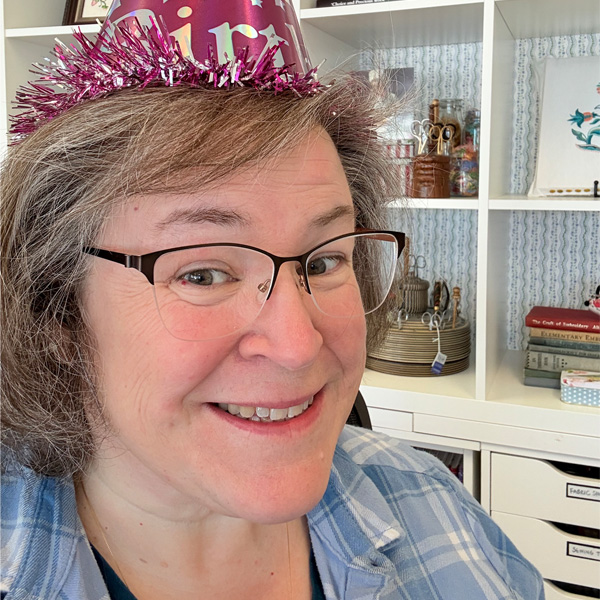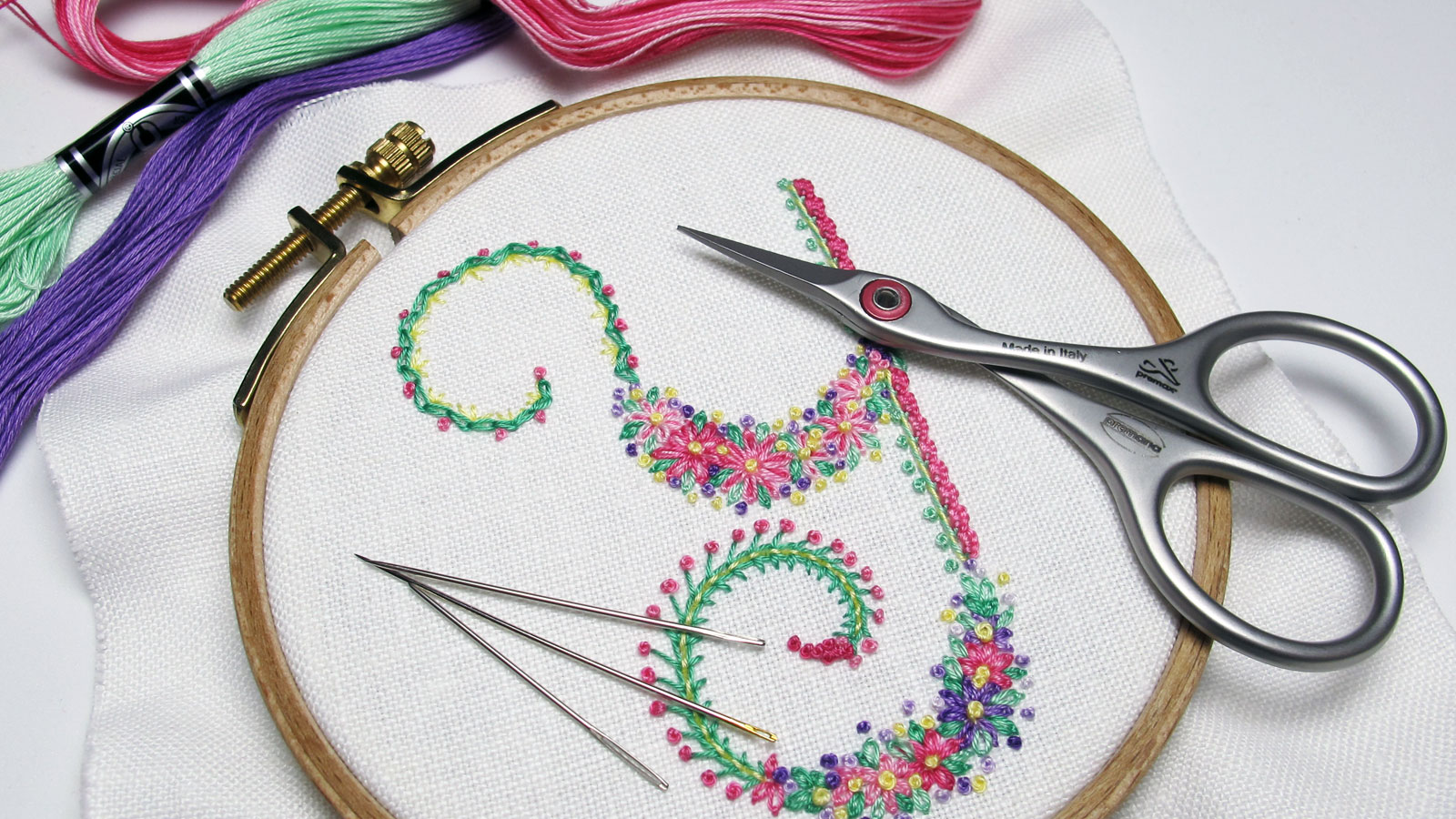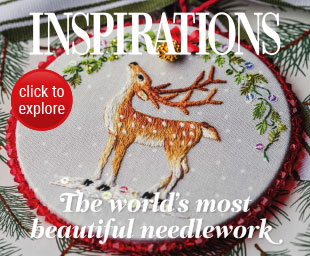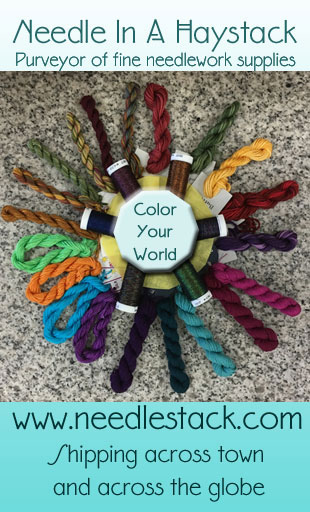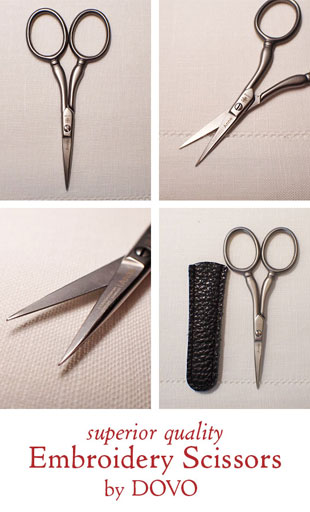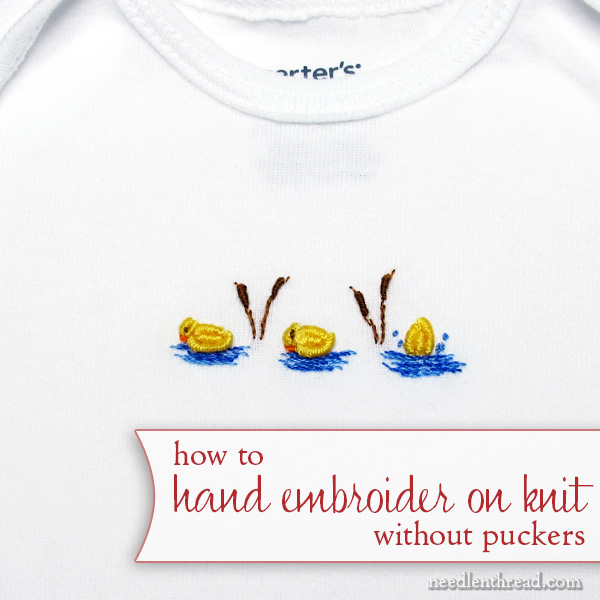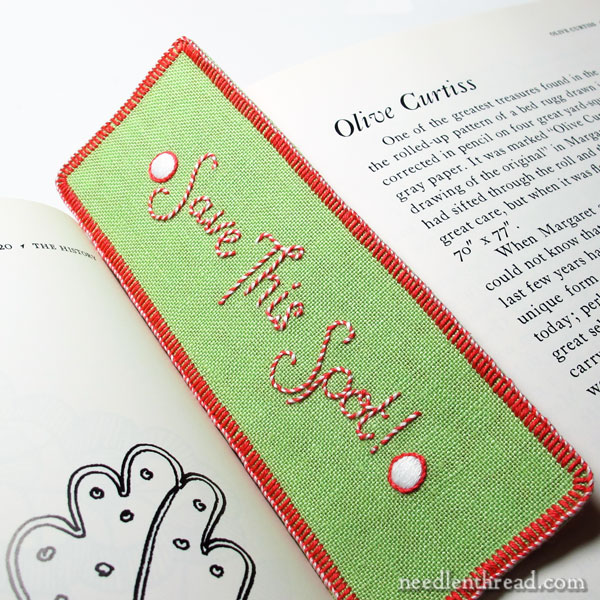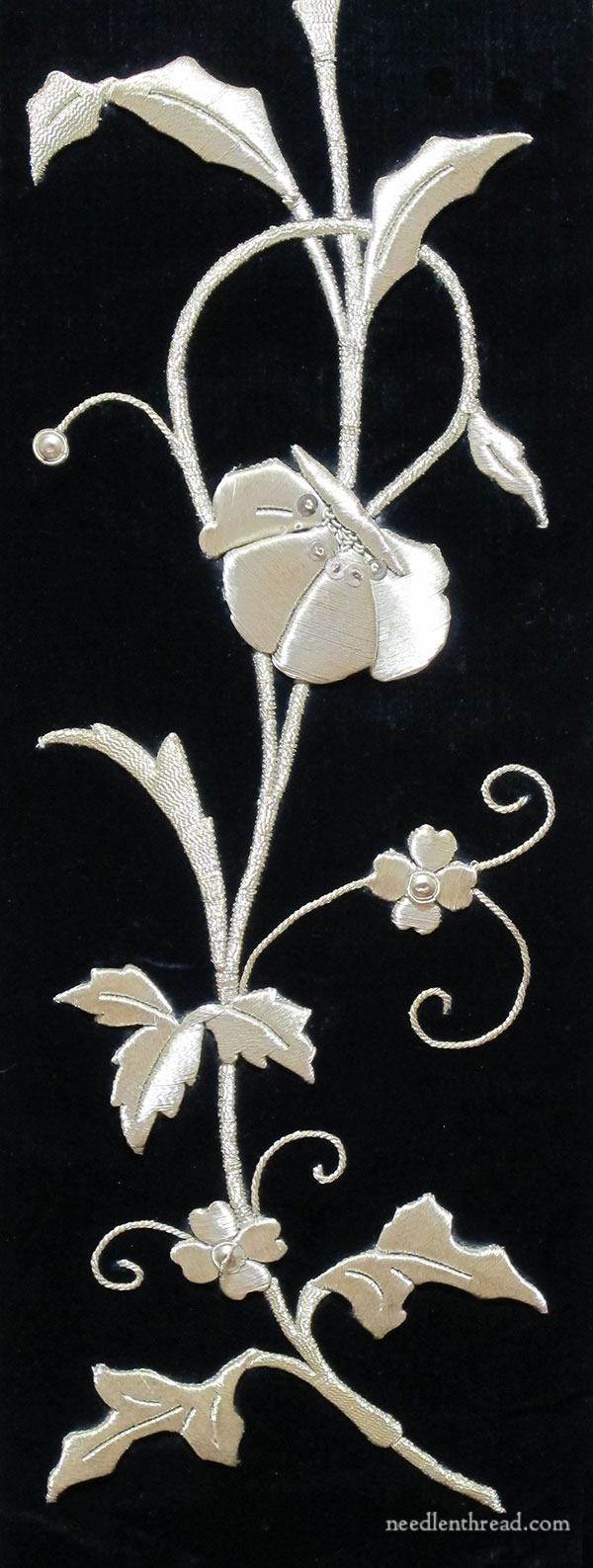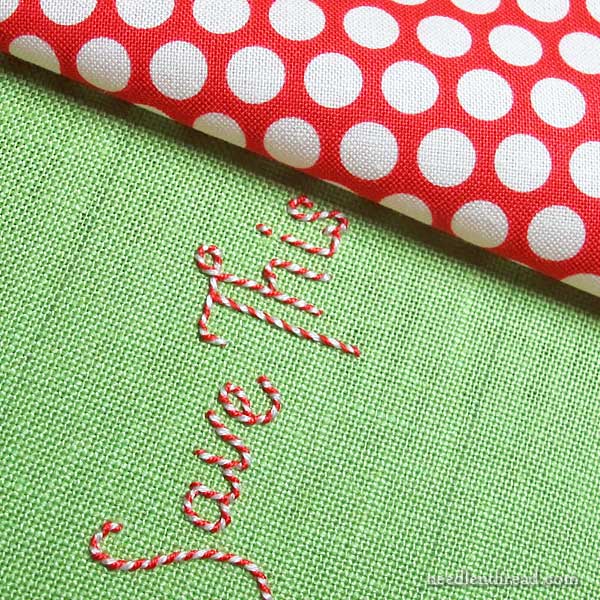Here in the US, we celebrate Memorial Day today.
On Memorial Day, we remember those in the services who died in the line of duty and we commemorate their sacrifice.
The poppy, thanks to a Canadian poet, is a fairly universal symbol for Memorial and Remembrance Day celebrations world wide.
While the poppy has specific connections to World War I – John McCrae wrote his poem “In Flander’s Fields” in honor of the sacrifice made by his comrades in World War I – the flower is used as a symbol of remembrance of those who fell in other wars, too.
In the US, the poppy was adopted in 1922 by the VFW (Veterans of Foreign Wars) as the memorial flower.
In the past year, with the commemoration in 2014 of the 70th anniversary of D-Day when the Allied forces landed at Normandy, and with 2015 marking the 100th anniversary of the landing of the ANZAC forces at Gallipoli, the poppy has enjoyed quite a bit of extra attention, and it’s popped up in embroidered forms all over the place. A quick search of “embroidered poppy” on Google images will demonstrate!
Today, I’d like to share a fantastic hand embroidered poppy sent from a reader, Allan Bowers, along with some links to other sources for poppy-related embroidery ideas. Whether embroidered in remembrance or not, the poppy is a glorious flower, and it translates well into all kinds of embroidery.
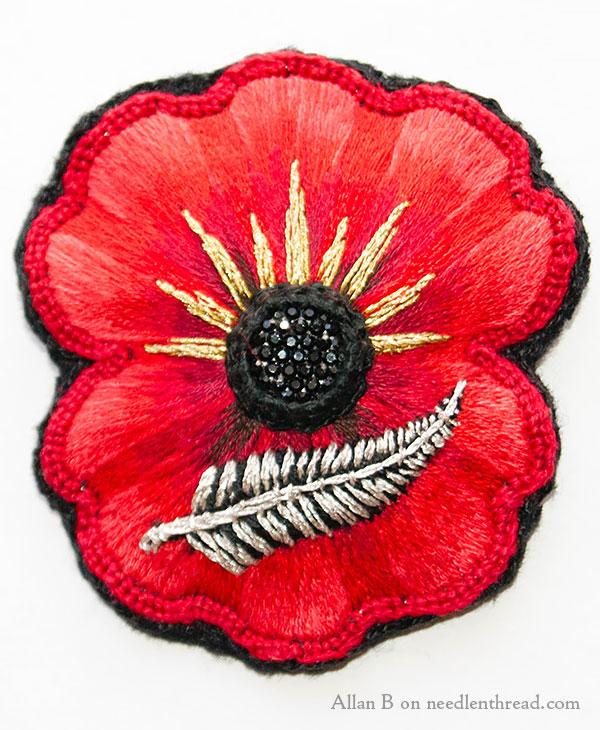 Continue reading “Reader’s Work: Hand Embroidered Poppy”
Continue reading “Reader’s Work: Hand Embroidered Poppy”
